|
The Rockport KY Web Site. Updated 3/17/07 Updated 1/28/10 Added Armstrong Coal Co. 2/29/12 |
|
As you look at these web pages about the Rockport Area Coal Miners, please pause at intervals and be thankful for the miners that dug the coal so that all of us could enjoy the benefits from their labors. Anytime a light switch is operated and the light comes on, the primary source for that electricity, in most cases, is coal. In order for the coal to be burned in the big boilers of the large electric companies, it must be taken from the earth. That is the job of the coal miners. Most of you know more about coal mining that I will ever know, but a few of you may desire a little information. For those few, the following paragraphs have been written. The State of Kentucky has been blessed with coal reserves that should last us for years to come. The reserves are located in the extreme sections of Eastern Kentucky and in an area of Western Kentucky. The Western Kentucky Coal Fields are from about South of the Ohio River to Muhlenberg County and from about Crittenden/Caldwell Counties in the West to Grayson/Edmonson Counties in the East. Much of this coal has been mined. In Western Kentucky, there are two main methods of extracting the coal from the earth, "Underground Mining" and "Strip Mining", sometimes called "Above Ground Mining". In underground mining, an entry is made into the earth to reach the coal layer. In most cases in Western Kentucky, this entry is a sloped shaft just large enough for the mining equipment to be taken into the ground and for the coal to be brought back out. The miners usually ride a "Mine Car" in to reach their working area. A conveyor belt is normally in use to bring the coal back out of the ground. Sounds simple enough, but coal mining is a dangerous and dirty job. If the coal reserves are located less than a hundred or so feet deep, then "Strip Mining" is the method of choice in the mining of the coal. A large machine, called a "Stripper" removes the rock and dirt, called the "Overburden", from the top of the coal seam. This exposed coal is then dug with smaller pieces of machinery called "Loaders". The "Loader" is normally a small "Shovel" as compared to the "Stripper" and will load the coal into a large truck. This loading area is called a "Pit" and the truck will transport the coal from the pit to the processing area. Again, sounds simple. The equipment can be of behemoth proportions and a miner or "Equipment Operator" of these rugged machines, must be safety conscious at all times. Add the extremes of the weather and then you have work areas that require the utmost attention from a miner. The company benefits to the modern day coal miner is much above the average benefits for the local area, but the job normally carries a high responsibility, as well as being a dangerous place to work. The pay scale is above average now, but in earlier years, it was hardly enough to live on. Prior to the "Forties", the miners were paid in "Script". This script could only be spent in what was called "Company Stores". The "Company Stores" were multi-purpose stores that were owned and operated by the company. Some of the script could be converted to money, but the miner was on the short side again as he only received about eighty percent in cash for his script. The script has other names and is now in high demand. It will bring a premium price as a collector's item. Updated 3/13/07 |
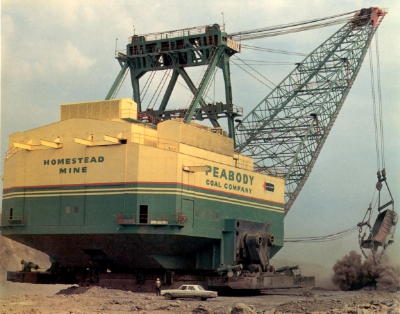
|
|
Homestead Mine The first of the Marion 8800 series of draglines and the first
to break the 100 cu-yd barrier. Peabody Coal Company started using this one at
their Homestead Mine in Western Kentucky in 1961.
|
Selection Section.
Left Click in the Box of your choice to view Rockport Mining Pages.
More Pages To Be Added If Material Is Available.
Feel Free To Share Your Information and Pictures.
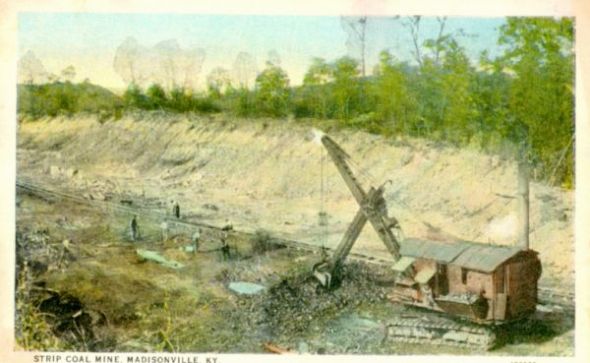
|
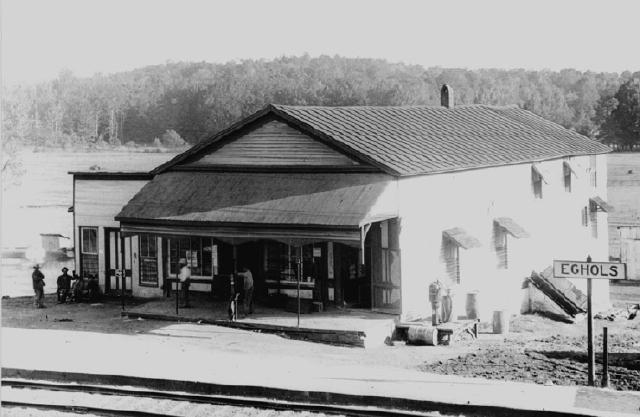 |
11/26/1919
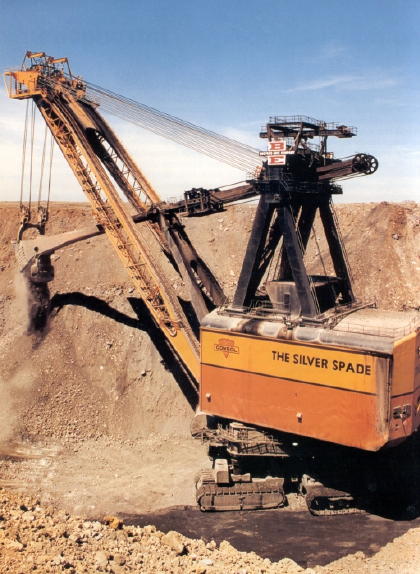 |
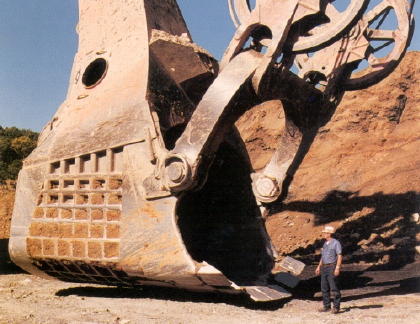
|
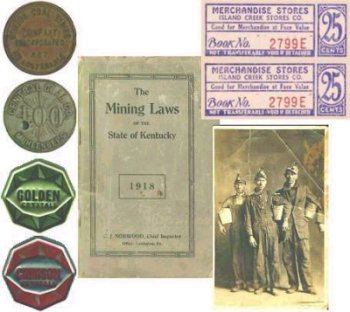
|
|
In the late 1800's the industrialization movement in the United States gained momentum. The need for coal to feed the furnaces of industry increased rapidly, and mining started in many states. Since most of the mines were in remote areas away from the centers of commerce, U. S. currency was difficult to keep on hand. Many companies began to issue scrip tokens as an advance payment for wages earned. These tokens could be spent at the company store by the miner and his family for food, clothing, and supplies. The use of scrip tokens rapidly spread to other industries throughout the country. Tokens which are dated in the 1870's, 1880's and 1890's have been found by collectors, and the use of tokens continued until the early 1950's. Coal company scrip is highly collectible today. COAL SCATTER TAGS Coal scatter tags were widely used between the 1930's and 1950's to build brand loyalty among retail consumers. They were small foil or cardboard disks that were scattered into railcar or truck shipments of house coal. The colorful tags allowed customers to recognize their favorite coal. |
Page maintained by jrd
Click here to reply.
